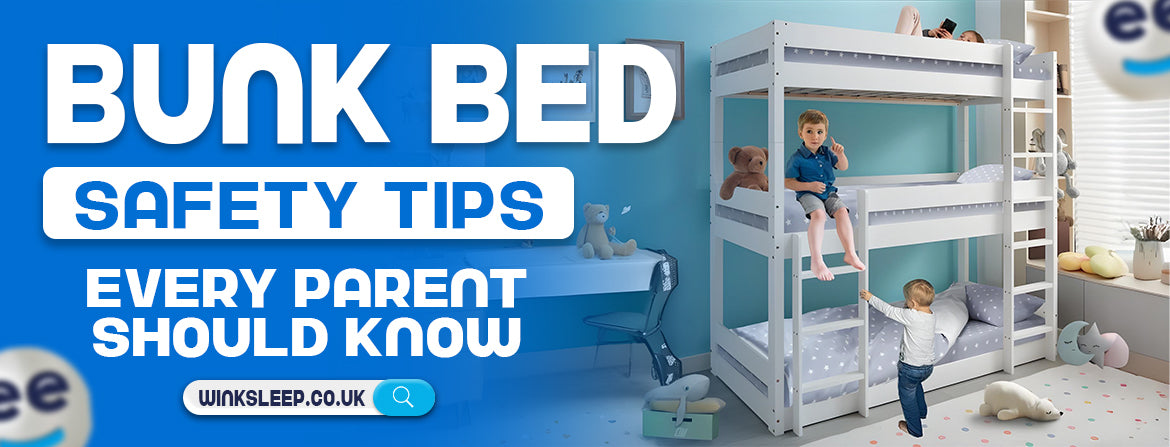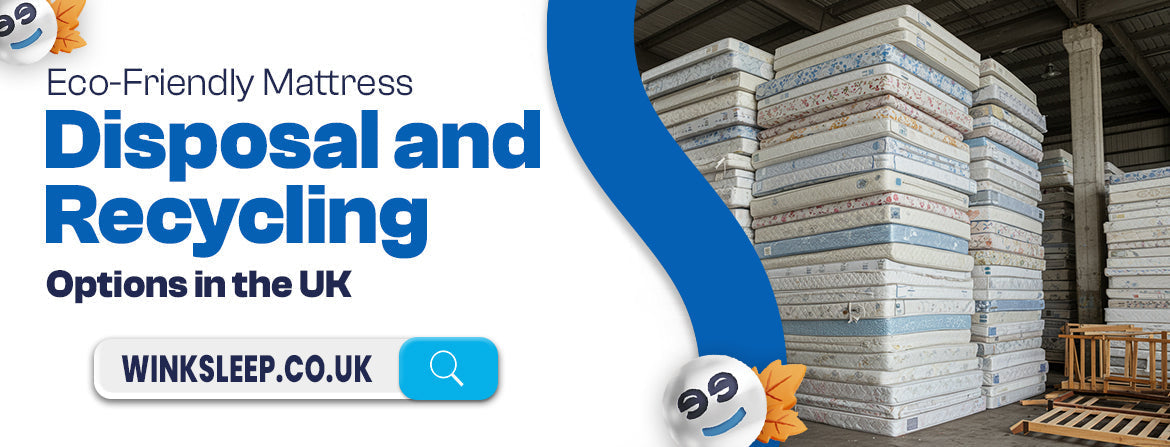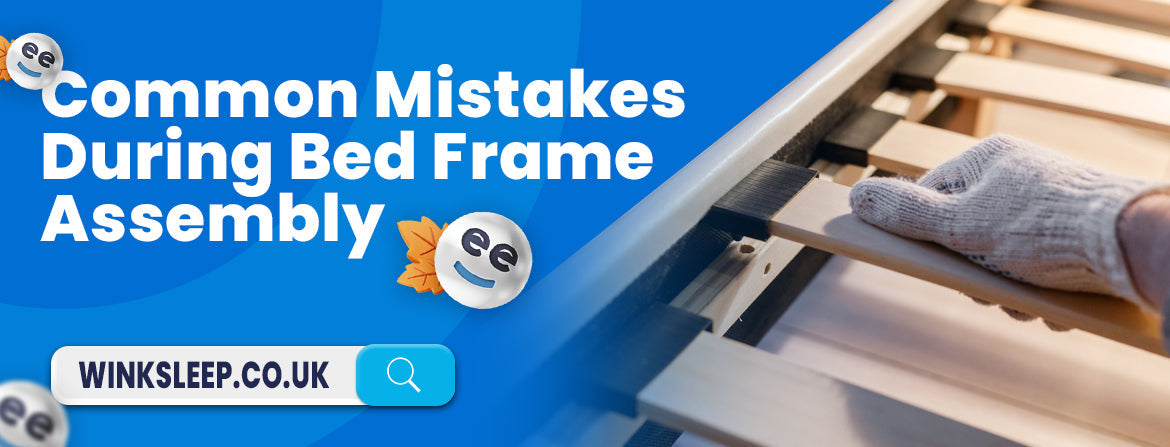Bunk beds have become popular for families, offering a practical and space-saving solution for shared bedrooms. Their playful design appeals to children, while parents appreciate their functionality. However, with the fun and convenience of bunk beds comes an essential responsibility: ensuring they are safe for use.
Children can be curious, energetic, and sometimes unaware of the potential dangers of elevated sleeping arrangements. Parents can proactively create a secure environment and educate their children on safe practices, empowering them to make the right choices.
Bunk bed safety concerns often stem from falls, improper assembly, or incorrect usage. To address these risks, many modern bunk beds have safety features such as sturdy guardrails, slip-resistant ladders, and durable frames. However, even the best-designed bunk beds require the proper setup and ongoing maintenance to remain safe over time.
Parents can confidently incorporate bunk beds into their homes by understanding the potential risks and learning how to mitigate them. This guide explores essential bunk bed safety tips, from selecting the right model to teaching safe habits. It includes specific advice such as checking the bed's stability regularly, ensuring the guardrails are secure, and teaching children to use the ladder properly.
By following these tips, you can create a comfortable and secure sleeping space for your children while maintaining peace of mind.
Choose the Right Bunk Bed
The first step is selecting a bunk bed designed for safety. Look for a sturdy bed frame made of durable materials like solid wood or high-quality metal. Ensure the bed meets safety standards, typically including guardrails and proper spacing between slats.
What to Check:
- Strong and stable construction.
- Rounded edges to prevent injuries.
- Guardrails on both sides of the upper bunk.
Install Guardrails Properly
Guardrails are essential for preventing falls from the top bunk. Ensure the rails are secure and extend 5 inches above the mattress. There should also be no significant gaps for a child to slip through.
Pro Tip:
Ensure the mattress fits snugly, leaving no space between the mattress and the guardrails.
Follow Age Recommendations
Bunk beds are not suitable for all ages. Most experts recommend that only children aged six and above should use the top bunk. Younger children may lack the coordination and judgement to climb and sleep safely at an elevated height.
Position the Bed Safely
The placement of the bunk bed plays a role in safety. Position the bed against a wall to minimise the risk of falling off the sides. Avoid placing it near ceiling fans or windows, as these can pose additional hazards.
Ideal Placement Tips:
- Ensure there's enough clearance between the top bunk and the ceiling.
- Keep the area around the bunk bed clutter-free to reduce tripping risks.
Teach Safe Climbing Practices
The ladder is a key feature of any bunk bed. Teach your children to always use the ladder for climbing up and down rather than jumping off the top bunk or climbing the frame.
Safety Rules for Kids:
- No rough play on or around the bunk bed.
- Always face the ladder while climbing.
- Avoid hanging items like ropes or scarves on the bed to prevent strangulation hazards.
Use the Right Mattress Size
Ensure the mattress is the correct size for the bunk bed. A mattress that is too thick can reduce the effectiveness of the guardrails, increasing the risk of falls. Always follow the manufacturer's recommendations for mattress thickness. This will not only keep your children safe but also make you a responsible and informed parent.
Inspect Regularly
Regularly check the bunk bed for signs of wear and tear. Loose screws, broken slats, or wobbly frames can compromise safety. Tighten or replace parts as needed to keep the bed in good condition. Regular maintenance and inspection are crucial to ensure the bunk bed remains safe for your children.
Limit the Weight on the Top Bunk
Bunk beds typically have a weight limit for the top bunk. To avoid structural damage or collapse, ensure your child and their belongings don't exceed this limit.
Encourage Safe Habits
Set clear rules for bunk bed use to reinforce safe habits. These rules should include always using the ladder for climbing, avoiding rough play on the bed, and not hanging items like ropes or scarves. Regularly remind your children of these rules to ensure they follow them as they grow. This will help establish and maintain a safe bunk bed environment.
Final Thoughts
Bunk beds can be a safe and space-saving solution when used correctly. By following the Bunk Bed Safety Tips Every Parent Should Know, you can provide your children with a secure sleeping arrangement and the peace of mind that comes with knowing you've taken all necessary precautions. Prioritising safety ensures that bunk beds remain a fun and practical part of your home for years.
Following these tips and addressing common concerns can ensure a safe and enjoyable bunk bed experience for your children.
FAQs
What is the recommended age for using the top bunk?
Children should be at least six years old before using the top bunk.
Are guardrails necessary for bunk beds?
Yes, guardrails are essential for preventing falls from the top bunk.
How can I ensure the bunk bed is safe?
Choose a sturdy bunk bed made of durable materials, regularly check for loose screws or damage, and ensure the mattress fits snugly to prevent gaps.
What is the best mattress thickness for a bunk bed?
A mattress that is too thick can reduce the effectiveness of the guardrails, increasing the risk of falls.
Can two children share the top bunk?
No, the top bunk is designed for one person only.
How can I teach my children to use the bunk bed safely?
Set clear rules, such as always using the ladder for climbing, avoiding rough play on the bed, and not hanging items like ropes or scarves. Regularly remind them of these safety practices.
What should I check during routine bunk bed inspections?
Look for loose screws, broken slats, wobbly frames, or damaged ladders. Tighten or replace worn parts to maintain the bed's safety and stability.
How much clearance should there be between the top bunk and the ceiling?
There should be at least 2-3 feet of clearance between the top bunk and the ceiling to prevent head injuries when sitting up.
Are bunk beds safe for toddlers?
Bunk beds are not recommended for toddlers or children under six years old.
What's the best placement for a bunk bed in a room?
Place the bunk bed against a wall to minimise the risk of falling.
 Build Your Bed
Build Your Bed
 Request FREE Swatches
Request FREE Swatches
 Fast Delivery on Every Product
Fast Delivery on Every Product  Klarna 0% Finance
Klarna 0% Finance  5 Year Manufacturer's Guarantee
5 Year Manufacturer's Guarantee 










